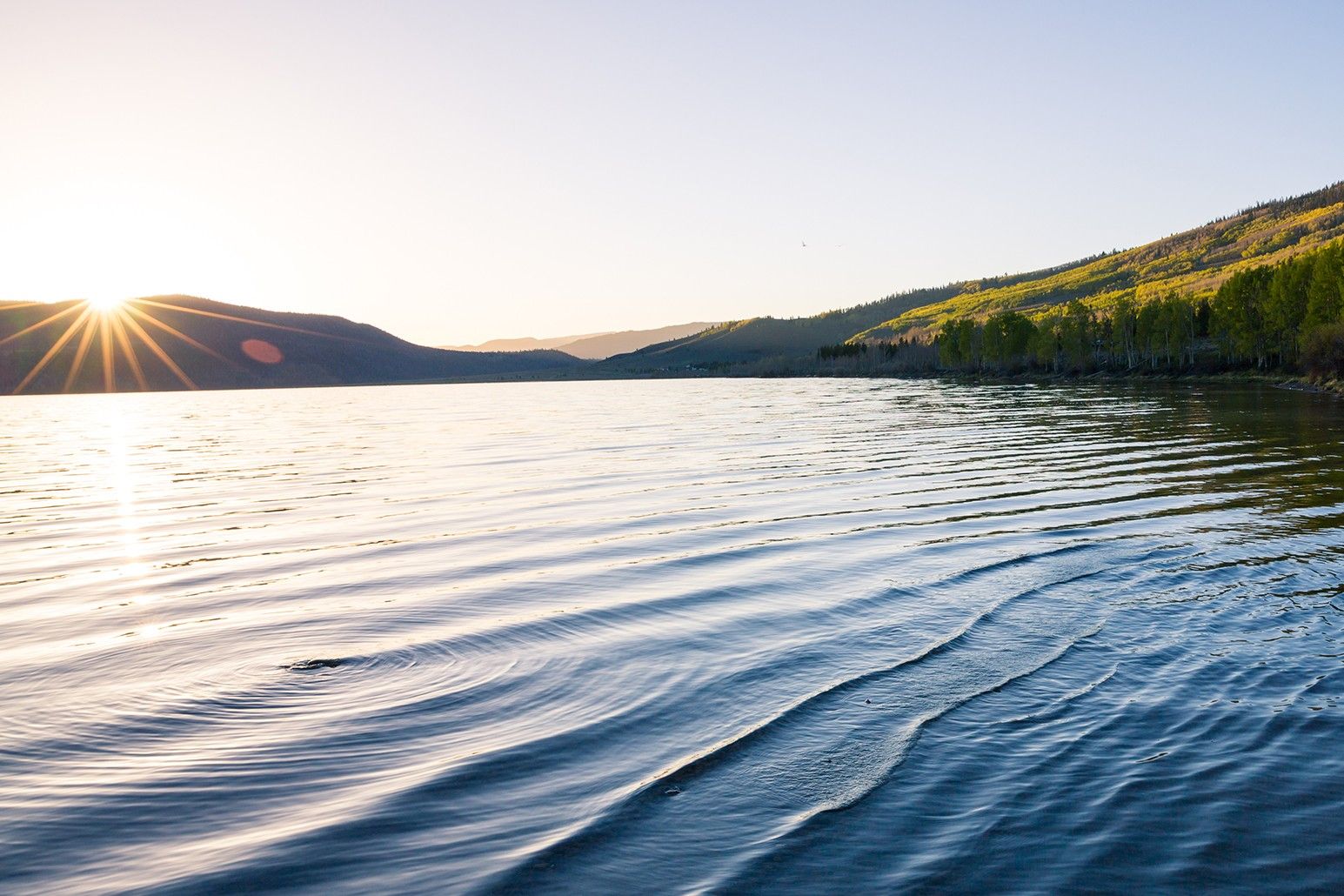Secrets Of Utah’s Fish Lake Plateau Mining Camps

Have you ever wondered what life was like in the old mining camps of Utah's Fish Lake Plateau? These camps, nestled high in the mountains, hold stories of adventure, hardship, and community. Miners flocked to this area in search of precious metals, leaving behind a rich history that still fascinates visitors today. From the remnants of old cabins to the rusted tools scattered around, each piece tells a tale of a bygone era. Whether you're a history buff or just love exploring new places, the Fish Lake Plateau mining camps offer a unique glimpse into the past. Ready to step back in time? Let's dive into the secrets of these historic sites.
Secrets of Utah's Fish Lake Plateau Mining Camps
Utah's Fish Lake Plateau is a treasure chest of history and adventure. Hidden among its rugged landscapes are old mining camps that tell tales of a bygone era. These camps, once bustling with miners seeking fortune, now stand as silent witnesses to the past. Let's uncover some of these fascinating spots.
1. Kimberly
Kimberly, a once-thriving mining town, now lies in ruins. Founded in the late 1800s, it was home to hundreds of miners. Today, you can wander through the remnants of old buildings and imagine the bustling life that once filled these streets.
- Gold and Silver: Kimberly was known for its rich deposits of gold and silver.
- Ghost Town: Now a ghost town, it offers a glimpse into the past with its abandoned structures.
2. Marysvale
Marysvale, located near the Fish Lake Plateau, was another significant mining hub. This town saw a boom during the late 19th century and early 20th century. Though mining has ceased, the town still holds onto its rich history.
- Mining Relics: Old mining equipment and structures can still be found scattered around the area.
- Paiute ATV Trail: A popular trail that takes you through historical mining sites.
3. Bullion Canyon
Bullion Canyon, also known as "Canyon of Gold," is a must-visit for history buffs. This area was heavily mined during the gold rush, and many of the old mines and buildings still stand.
- Miner's Park: An outdoor museum showcasing mining artifacts and equipment.
- Ghost Mines: Explore the old mines and imagine the life of a gold miner.
4. Silver City
Silver City, though less known, played a crucial role in Utah's mining history. This small camp was rich in silver and other minerals, attracting many prospectors.
- Ruins: The remains of old buildings and mines can still be seen.
- Historical Significance: Offers insight into the early mining activities in the region.
5. Sevier
Sevier, another hidden gem on the Fish Lake Plateau, was once a bustling mining camp. Though not much remains, the area is rich in history and offers a unique glimpse into the past.
- Old Mines: Explore the remnants of old mines and imagine the hard work of the miners.
- Scenic Views: The area offers stunning views of the plateau and surrounding landscapes.
6. Gold Mountain
Gold Mountain, aptly named, was a hotspot for gold mining. This area saw a significant influx of miners during the gold rush, and many of the old mines still exist.
- Mining History: Rich in gold mining history, with many old mines to explore.
- Hiking Trails: Several trails take you through historical mining sites and offer beautiful views.
7. Fremont Indian State Park
Fremont Indian State Park, though primarily known for its Native American history, also has ties to mining. The area was explored by miners who left behind various artifacts.
- Petroglyphs: Ancient rock art left by the Fremont people.
- Mining Artifacts: Scattered around the park, offering a glimpse into the past.
8. Cove Fort
Cove Fort, while not a mining camp, played a significant role in supporting the mining activities in the region. This historic fort served as a waystation for travelers and miners.
- Historical Fort: Well-preserved fort offering tours and historical insights.
- Support Hub: Provided essential services to miners and travelers during the mining boom.
9. Richfield
Richfield, a town near the Fish Lake Plateau, was a key supply center for the mining camps. Though not a mining camp itself, its history is intertwined with the mining activities in the region.
- Historical Buildings: Several old buildings that date back to the mining era.
- Cultural Hub: Offers museums and cultural sites related to the mining history.
10. Fish Lake
Fish Lake, the namesake of the plateau, is not just a beautiful natural spot but also has historical ties to the mining camps. Miners often came here to relax and fish after a hard day's work.
- Recreational Activities: Fishing, boating, and hiking around the lake.
- Historical Significance: Served as a retreat for miners, adding a layer of history to its natural beauty.
Discovering History in Utah's Fish Lake Plateau
Exploring Utah's Fish Lake Plateau mining camps offers a unique glimpse into the past. These camps, nestled in the rugged landscape, tell stories of hard work, dreams, and the quest for precious minerals. Walking through these sites, you can almost hear the echoes of miners' tools and feel the determination that drove them.
The plateau's natural beauty adds to the experience. Majestic mountains, serene lakes, and diverse wildlife make it a perfect destination for history buffs and nature lovers alike. Whether you're hiking, camping, or simply taking in the scenery, there's something for everyone.
Visiting these mining camps isn't just about seeing old structures. It's about connecting with a piece of history that shaped the region. So, pack your bags, grab a map, and set out to uncover the secrets of Utah's Fish Lake Plateau. Adventure and history await!

